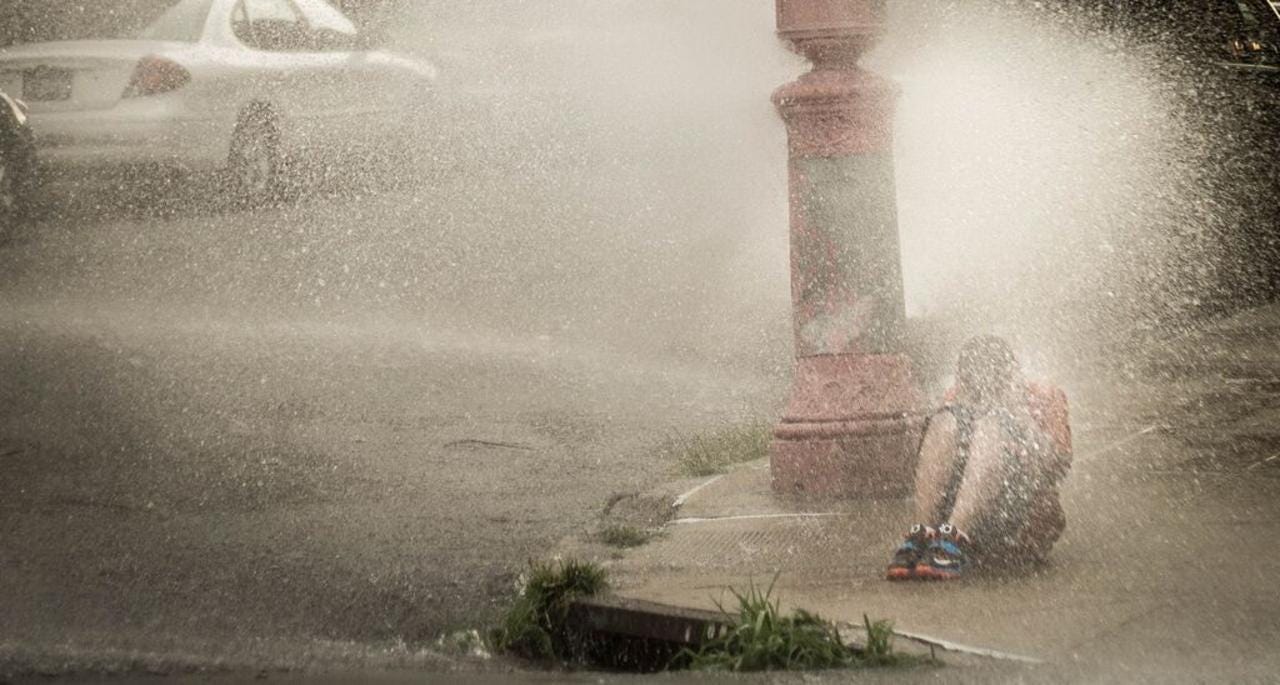The Fresh-Water Beast Beneath New York’s Streets
The largest construction project in NYC has claimed dozens of lives over the past forty years—and the haunting memories are matched only by the grandeur of its ambition.

Photos by Nicholas Reale
Don-re Carroll had been here before. He lived down the block. His flare for adventure was contagious. Anton and Geovanni were with him, as usual. It was the weekend and the late summer air hung heavy with a blanket of humidity. What was a group of adolescent boys to do? They had worked their way over from their usual meeting spot to the empty lot framed with orange construction tape on 181st Street in the Morris Heights section of the Bronx. They noticed a popped manhole and could not resist its lure.
This adventure would be far different from the last. On what would have been just another dog day in August of 1991, the trio of lifelong Bronx boys would discover a fragment of New York City that lurks at depths that go far deeper than a typical Saturday afternoon. Their mark would be felt for decades to come.
Pronounced dohn-dray, the bellicose twelve-year old had noticed the opportunity earlier in the day. For him, the construction site, poorly guarded and unsta…
Keep reading with a 7-day free trial
Subscribe to Narratively to keep reading this post and get 7 days of free access to the full post archives.


